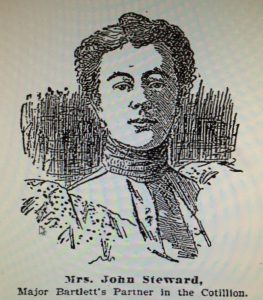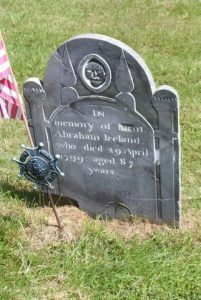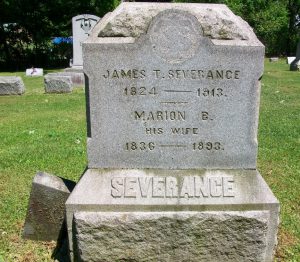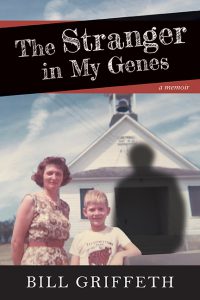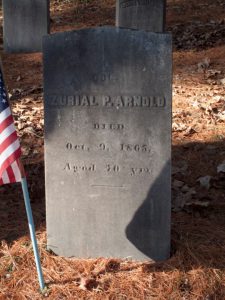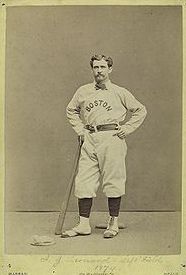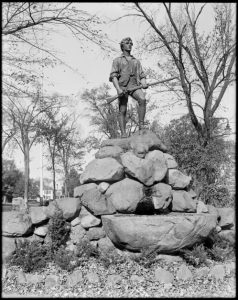
Patriots’ Day, a holiday unique to the State of Massachusetts, commemorates the famous skirmishes between local colonial militia and the British army in Lexington and Concord, Massachusetts, on 19 April 1775. In Lexington, the day is typically celebrated with an early morning reenactment of the skirmish on the town’s green. As an avid watcher of the reenactment, my favorite part of the event comes just prior to the skirmish. Before the fighting ensues, members of the Lexington minutemen—each representing a particular individual who was present on the green that morning—gather on the common for a roll call and commence calling their names in succession. As the roll is taken, one cannot help but notice the frequency at which similar surnames are repeated. Hearing this serves as a reminder that the men who stood on the green that April morning were not only committed to defending their town, their property, and their rights, but they were also related. Continue reading A family reunion
